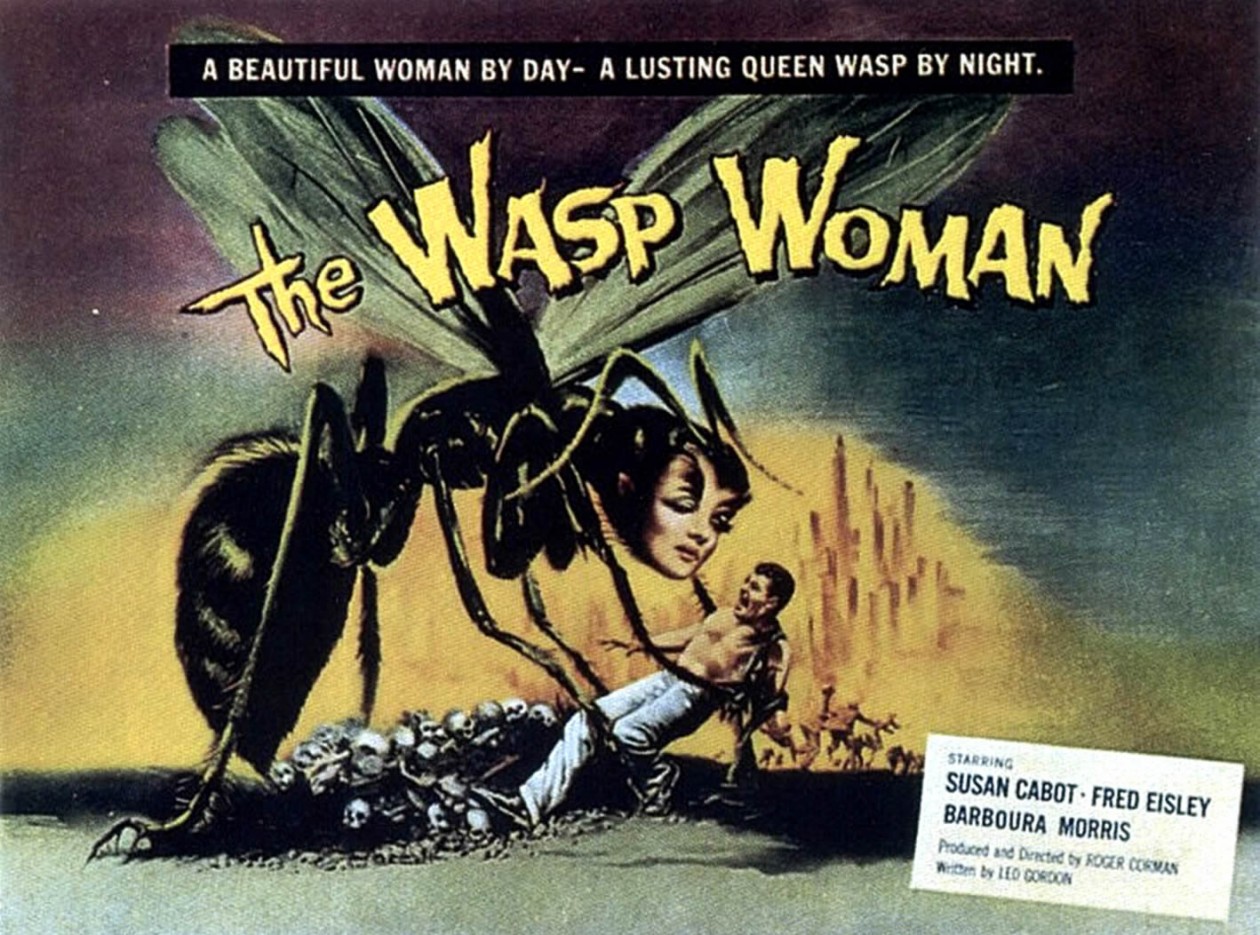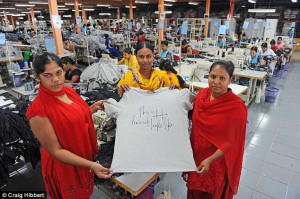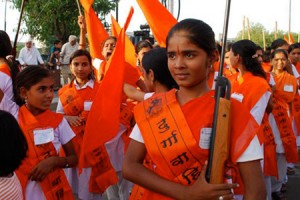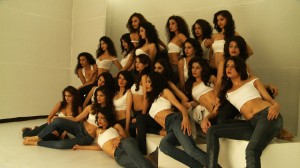I thought this film was very interesting because it showed a lot of themes that I am not used to seeing displayed through film. This was the first movie I watched that had other relationships outside of a straight/heterosexual one. I thought that the film was very realistic for the time and setting the narrative was placed in as well.
It highlighted the the fact that small towns and areas in the countryside have much more conservative attitudes, as well as very traditional moral and belief system. The struggles Brandon and Lana face in the movie are also a reflection of many couples in the world to this day. I often took note of Brandon mentioning his/herself as a guy throughout the movie. Due to the way he/she wanted to be seen as, I will refer to Brandon as a male for the rest of this post. That fact that he felt he needed to prove his identity as a man was very interesting to me. He made sure that he always looked the part, and he tried to follow John and Tom around so that he could “chill with the guys”/”do guy stuff” (?). This constant need to prove his masculinity is part of what complicates Brandon’s character. On one end, Brandon struggles to reach a point where his masculinity is no longer questioned. But on the other hand, John and Tom’s masculinity are so exaggerated, that it’s over the top. They scream and destroy properties on a whim, without a second thought. They are reckless men, who both have troubling pasts. This heightened masculinity, in a way, reinforces the fact that Brandon will never be seen as a male in this movie. No matter how hard he tries, the gap between him and John is too big; they are completely different types of males, and only one is acceptable in this town.
Despite all of this however, Lana becomes very infatuated with Brandon. Their love blossoms very quickly once they realize the other’s feelings, and things get physical. What was interesting was Lana’s character, who chooses to love Brandon as the truths are revealed one by one. With each lie unraveled, the the risk Brandon takes in staying in this town increases. His relationship with Lana also becomes very dangerous. Lana is however able to see the sincerity of Brandon’s love through all of the lies he has covered himself in, and returns this love 100%. I see Lana’s character as a symbol of hope for people going through this situation, and also as an example for people who encounter people in Brandon’s situation (to an extent). She is one of the few human beings on the planet who are willing to stay in love with someone after discovering that they have genital parts of the opposite gender by which they identify. Lana proves that her love exceeds physical limitations. She loves Brandon for his personality, for what’s inside. Not if he has a penis or not. She sets an example for the audience as well. She teaches to be open minded, and to be forgiving. To try and understand a struggling person’s situation first instead of jumping to assumptions, or forcing judgement on them.
John and Tom saw the situation in an opposite way from Lana however. To them, Brandon NEEDED to have an identity. And the only identification that mattered to them was what he had in his pants. The only sexual identity that existed in that town was male and female. And the only gender that existed was girl or guy. If you are a guy, you are male, and you must have a penis. If not, you’re a woman. It was a black and white to them, and when they found out Brandon was more of a grey area, they decided to clear it up themselves. We spent an entire class talking about the rape scene that occurred at the end of the movie so I won’t repeat all of it. But just to add to my post, discovering that Brandon was a woman (biologically) and that Lana still loved him, was an insult to John. It completely emasculated him and he took out his anger on Brandon by raping him. This scene was symbolic of the removal of power from Brandon. Now that John knew he was a woman, he had to put Brandon back in his place. By raping him, John proved his own masculinity that Brandon would always lack. The scene is very long and both men take turns abusing Brandon. They rape Brandon from the front and the back, as if to say you are a woman first, then you are not a man second. It was a horrid scene, and Brandon’s death later on ends the movie on a somber tone. as if to say that this is how it is in the countryside. And if you want this life you better stay in the city or get lost. It does however highlight this kind of mentality, and shows how catastrophic ignorance can be. Brandon was raped and murdered. To John, the “abomination” has been removed. But at what cost? The family is now completely broken. Candace lost her life as well in the ordeal and her child must now grow up without a mother. Lana has also lost her lover and will never forgive John for this, much less return his misguided, chaotic love for her. Lana’s mother is a mess as well. And John and Tom have added to their criminal record. It makes you wonder if it was really worth it in the end.



